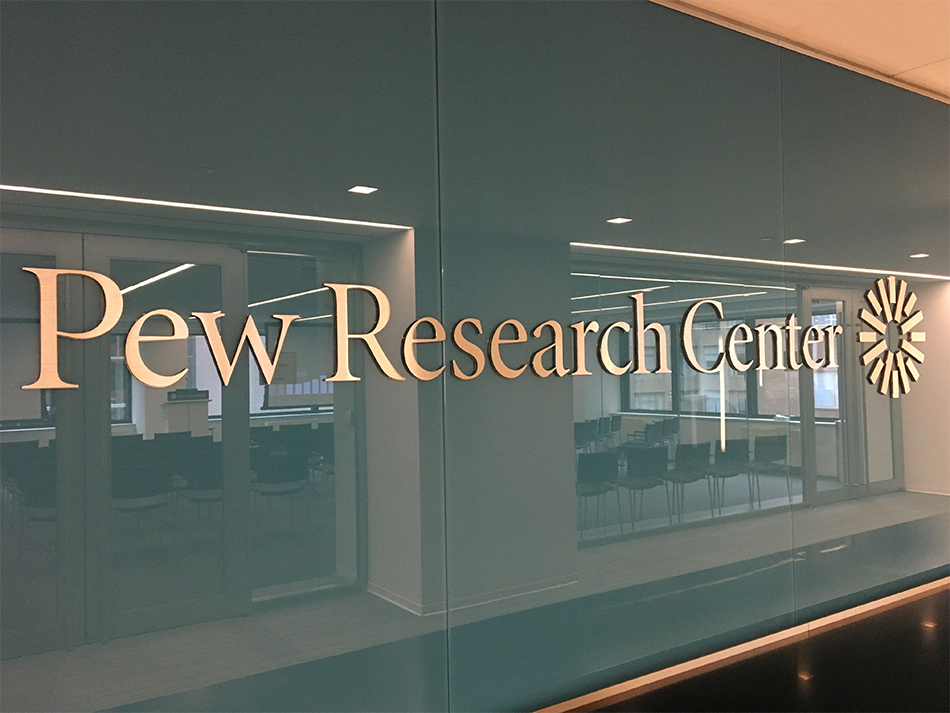Pew Research Drills Down on Disparities in News Coverage
Survey finds that misinformation plays into view on whether equal coverage is necessary

While a large majority of the U.S. public said journalists should try to provide equal coverage to all sides of issues, U.S. journalists are less likely to agree — particularly younger journalists — and their views on trust in the media and the role of misinformation play into those views.
That is according to a new analysis of a Pew Research Center survey of what the researcher labels as “bothsidesism.“
Traditionally, journalists have seen their job as reporting on all angles, though arguably not to provide false equivalency — so, they don't give as much weight to flat-Earthers as those ascribing to the round Earth theory.
The rise of misinformation and disinformation, particularly online and increasingly delivered in sometimes authentic-appearing packages, has added a new dimension to that traditional view of balance.
How journalists view misinformation is an important factor, according to the survey. Those who see it as a very big problem are less likely to want to cover all sides (40%). Among those who see it as less of a problem, 53% said all sides should get equal coverage.
As the survey released last month pointed out, fully three-quarters of the public (76%) say journalists should always try to give all sides equal coverage, while a much smaller majority (55%) said that every side doesn’t always deserve equal coverage.
For younger journalists (18-29), the percentage is even smaller, with 63% saying journalists should strive for equal coverage, which leaves 37% that said they should.
Among the public, the support for equal coverage varies greatly by political party. Republicans and Republican-leaning independents overwhelmingly (87%) said every side should get equal coverage, while only 68% of Democrats say so.
The public’s view also apparently differs based on their confidence in the media to make their own calls about how much coverage each side should get (the flat-earther vs. round journalists coverage calls, for example).
Among those with little or no trust in the information they get from the media, 84% say the journalists should just give every side equal coverage, compared with 66% of those who have a great deal or a fair amount of trust in the media.
The data for the analysis was drawn from a Pew survey of 11,889 U.S.-based journalists polled February 16 through March 17. There is a margin of error of plus or minus 1 percentage point. The data on the public comes from a Pew survey of 9,388 adults polled February 7-13. It has a margin of error of 1.6 percentage points, plus or minus. ■
The smarter way to stay on top of broadcasting and cable industry. Sign up below
Contributing editor John Eggerton has been an editor and/or writer on media regulation, legislation and policy for over four decades, including covering the FCC, FTC, Congress, the major media trade associations, and the federal courts. In addition to Multichannel News and Broadcasting + Cable, his work has appeared in Radio World, TV Technology, TV Fax, This Week in Consumer Electronics, Variety and the Encyclopedia Britannica.

